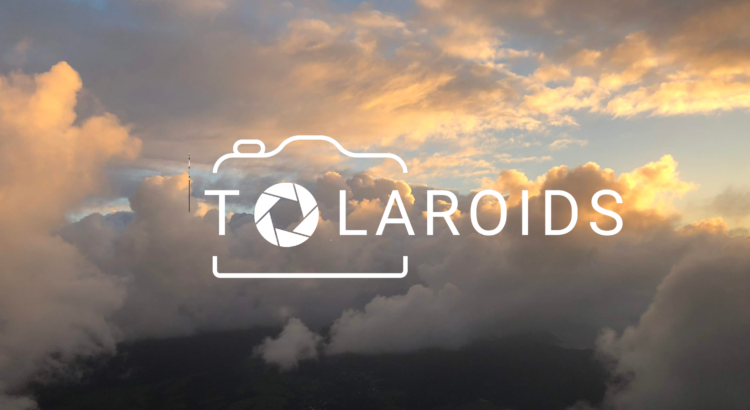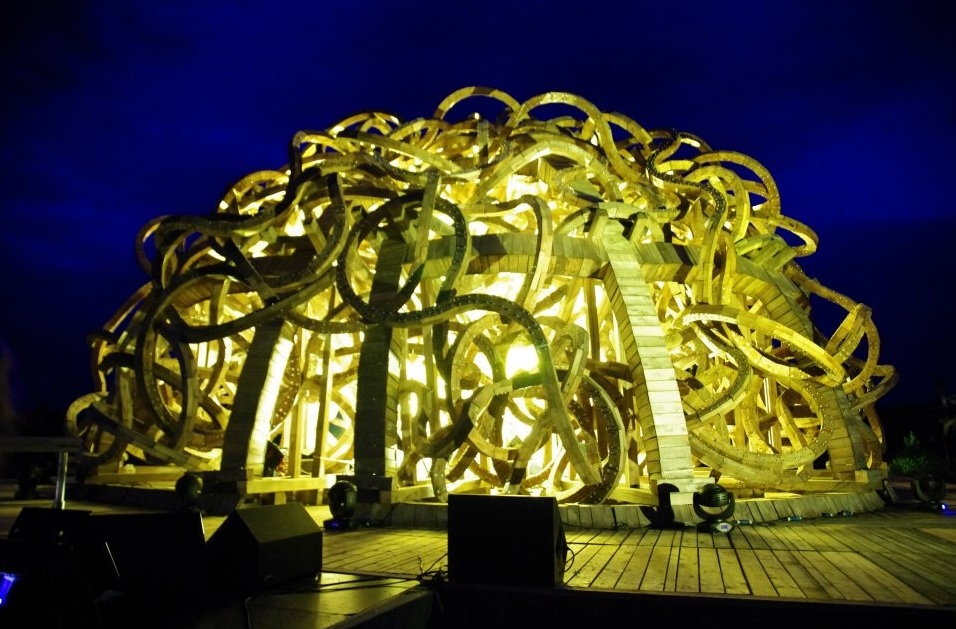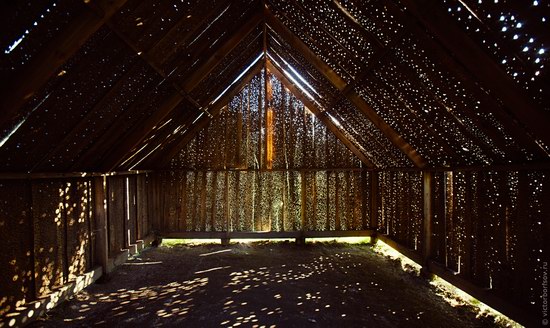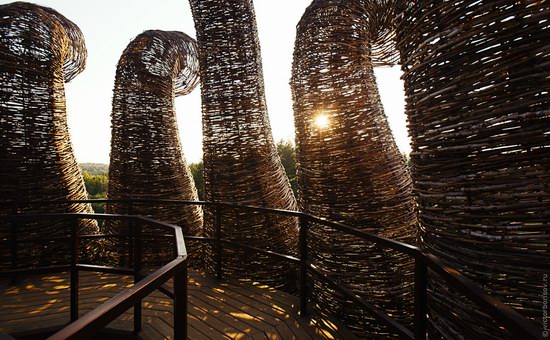Now that we got some snow photos I decided to take us to some warmer climate 🙂 I hope everyone’s holidays are going well and you’re enjoying the winter wherever you are!



Now that we got some snow photos I decided to take us to some warmer climate 🙂 I hope everyone’s holidays are going well and you’re enjoying the winter wherever you are!

So there is no snow in Ann Arbor yet, even though I think this time last year we already had some on the ground. Well, to get into December spirit I pulled some of the photos from last winter in AA but also some old ones from different occasions, because I actually love snow and hope to summon some through this post 🙂
Do you ever think of the spaces that you inhabit? The cafe? Your room? Your bathroom? Yes, basically everything is a “space.” But what defines a “space?” I would say that a space is a place that we inhabit in which its limits are usually defined by some sort of marking or is simply distinguished from other places via barriers. With that sort of Apparently, for example, a space can be private or public, or inviting versus uninviting. But what exactly makes us feel these certain vibes from these things we call “space” around us? Let’s ask these questions in terms of a garden.
A garden is typically defined as “a piece of ground, often near a house, used for growing flowers, fruit, or vegetables.” Fair enough, this is stereotypically its function. But, gardens can be self-owned, or it can be owned and shared by an institution. So what kind of space is a garden? Is it a public space, or is it private? What are your thoughts about this question? And what other spaces can be similarly questioned? Comment your thoughts! 🙂
In the commercial world, not all art is created equal.  Action films may not be the first thing one thinks of when one thinks of “Art†with a capital ‘A’, but they rake in enough money and have lasted through time long enough to have earned a spot as a filmic genre that isn’t leaving the mainstream any time soon.
On the other hand, other forms of art, such as slam poetry, may be older in form, but rake in little value as commercial commodities. Â So for this week, I want to highlight a few areas of art that I think are underappreciated, under attended, and in many cases, underfunded.
Slam Poetry
Poetry is often viewed as a nebulous and exclusive art only created by people who speak a different language from the everyday. Â But after viewing my first slam performance, my own perception of poetry changed. Â Instead of viewing it as something flowery, abstract, and confusing, I saw it as something gritty and tangible and as close to the everyday as spoken words can be. Â Ann Arbor and the University have loads of slam poetry competitions and many English Ph D students who would be happy to hear that someone is curious about their work. Â If you have never considered slam poetry as something entertaining or even as something within your reach as a non-English major, watch this classic slam poetry performance by Taylor Mali on why he teaches.
Opera
Once praised as the highest form of theatrical and musical entertainment, opera is now only frequently by the old and classically trained set.  When a new book or movie comes out, wordsmiths are not flocking to turn it into an opera.  A musical, maybe, but never opera.  It’s understandable that opera falls into the same foreign language category as foreign films, but if you ever get a chance to experience opera in any language, I recommend that you take it.
For one, you will never hear live vocals that have the same range, control, and variation as opera singers. Â To be classically trained means that a singer has definite musical chops. Â With their arduous hours of classical training, opera singers are like the Navy SEALs of singing. Â They have lived through hell week and they are constantly stretching the limits of human abilities on a daily basis.
If you think opera is a stuffy art form that doesn’t interest you, I recommend at least checking out some of the great arias (even if it’s just a sample on Youtube…like this one).  And FYI, an aria is any piece of operatic scoring with a vocalist who can be either accompanied or unaccompanied by instruments. Aria is melodic and sounds like music, while recitative is closer to spoken word.
Architecture
Granted, architecture is a very broad category and encompasses many artistic movements and geographic influences. Â But people are affected by architects and architectural choices every day. Â If you live in a house, you are affected by architecture. Â If you go to work in any building, then you are guided through the building by architectural intentions. Luckily, Ann Arbor is full of architectural gems. From the Oxfordian Law School to the imposing Power Center, there are loads of revival styles that mesh together to create the world of the University of Michigan. Not to mention the Big House, which is not merely a sports beacon of the ‘leaders and best’ but is also a solid feat of architectural engineering.
Graffiti
An art that is centuries older than oil painting, cinema, and dub-step, graffiti is not only under-appreciated, in many cases it is condemned.
My question is: have city planners ever considered the thought ‘If you can’t beat ‘em, hire ‘em’? What a collaboration that would be.  Imagine if cities picked their best Graffiti artists to do rotating coverage of certain city surfaces.  Or even temporary coverage of places deemed for destruction. If you want to experience some great graffiti in A2, then check out Graffiti Alley.
Garden/Landscape Art
I wanted to take a Chinese Landscape class this semester, but it didn’t pan out.  I will be the first to say that I don’t know the first thing about landscape art or design, whether it be English, French, or Chinese.  However, the older I get and the more digitally involved I get, the more I want to disconnect from my electronics and reconnect with the outdoors.  Garden and landscape art is like wild woods that have been ordered and beautiful flowers that have been classically trained in ballet to look like a choreographed ensemble of color.
My mom has always been more of a gardener than me and I have been known to be an orchid killer. Â But in terms of touchable, tangible, and accessible art, I think landscape and garden art has the most potential for public outreach and awareness.
Around Ann Arbor there are three spots that I love: the Matthei Botanical Gardens, Fairy Woods (a whimsical makeshift art installation created by those ages 3+), and the Wave Field.
Modern. Whimsical. Organic.
Where on earth would you find a place that fit those descriptors?
In the Russian village of Nikola-Lenivets in the national park of Urga, that’s where.
It’s the village where Nikolai Pollisky decided several years ago to create gargantuan landscape art that can be seen and marveled at from great distances, and that he now creates for architectural festivals and installations all around the world. Â Once an abandoned farm collective where persistent vodka use had all but wiped out the villagers, Nikola-Lenivets, has now found rejuvenation through artistic collaboration. Pollisky himself is a white-bearded, t-shirt and suspender-wearing artist who would find himself right at home in a tavern amongst groups of lumberjacks and carpenters. Â He’s a far cry from the tight-suited, salon coiffed metropolitan art types that perpetuate the myth that good art should be inaccessible to some. Â Pollisky on the other hand, believes that “art should be understood without any explanations.” Â He pays his villagers for their contribution, giving them both life and a practical livelihood.
Here are a few of Pollisky’s collaborative creations. Â Some look like alien constructions, while others harken back to a time of nymphs, elves, and ancient tribes. Â Yet, there are others that wouldn’t be out of place at MoMA with their sharp edges and refined lines. Â All the pieces are united by their landscape and the inescapable naturalism that oozes through their materials.




Image Credits: http://bloodandchampagne.com/images/bloodandchampagne5062.jpg, http://russiatrek.org/blog/art/art-park-nikola-lenivets/